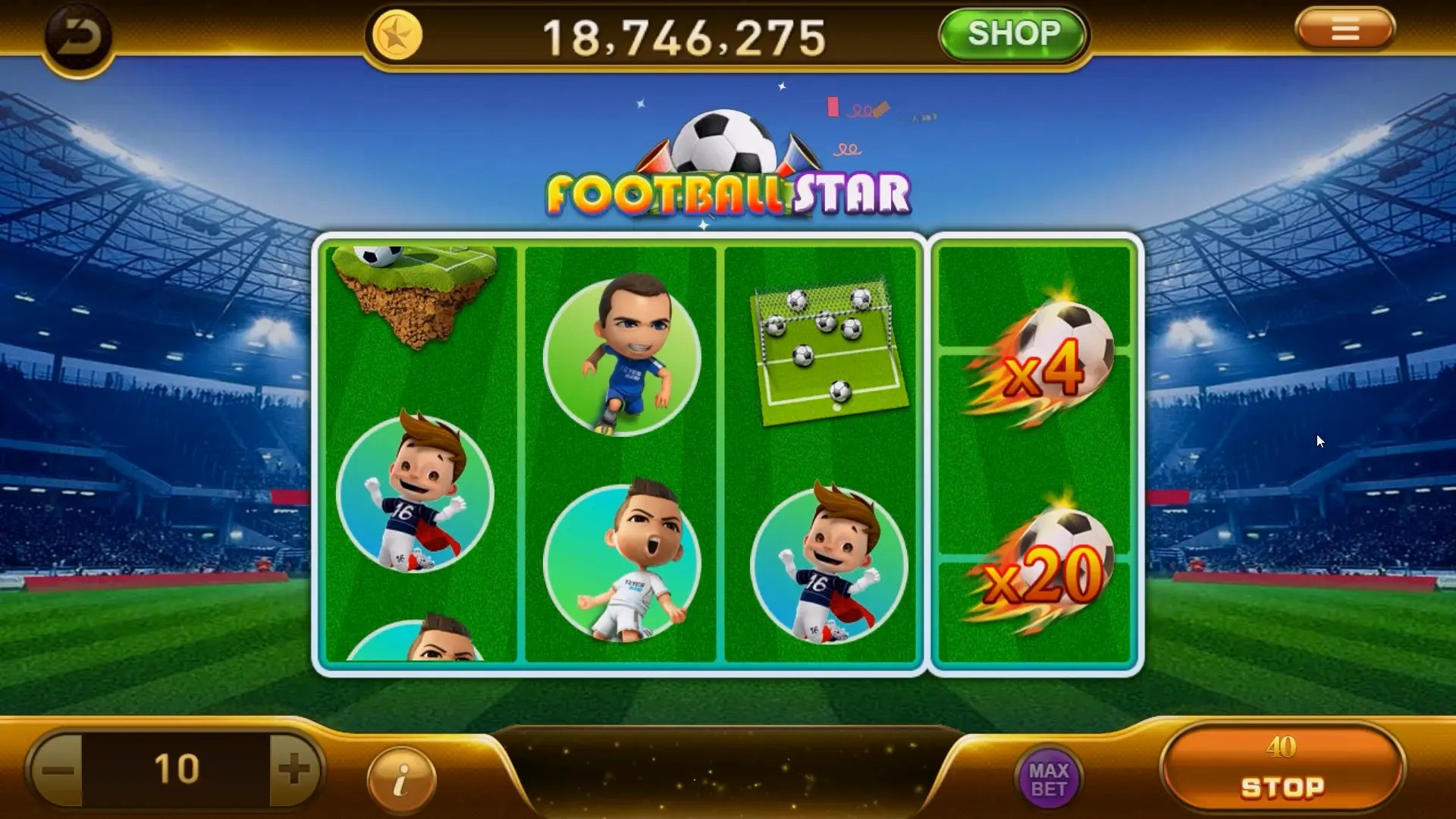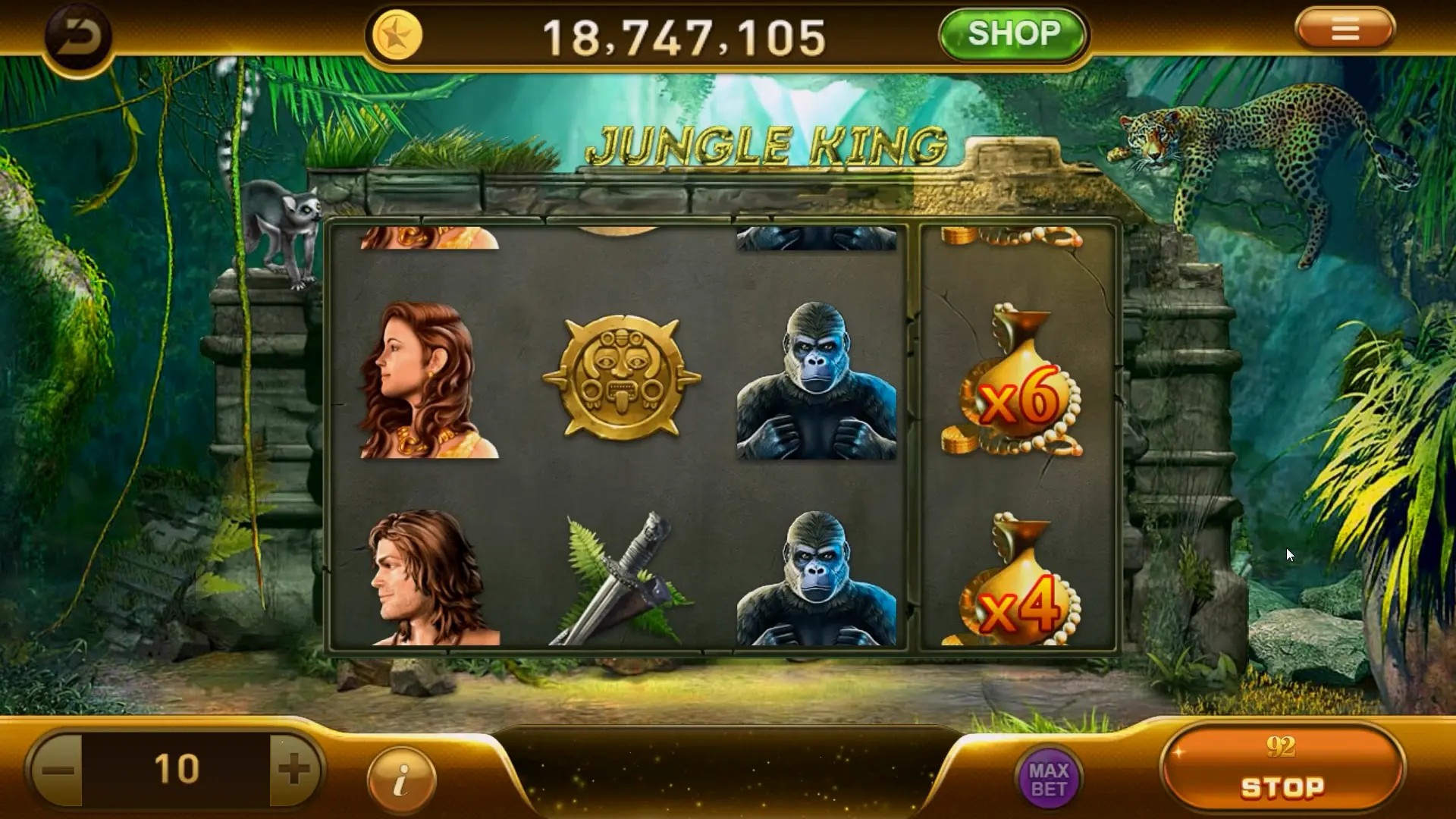Unlocking Imagination: How Creative Simulation Games Are Shaping Our Play Experience
The realm of gaming is ever-evolving, and one of the most dynamic sectors in this field is the world of creative games. These games are not just designed for passive entertainment; they encourage players to think critically, build authentically, and engage in immersive experiences. In this article, we’ll explore the fascinating universe of simulation games, assess their impact on play experiences, and touch upon their broader implications in creativity and learning.
What Are Creative Simulation Games?
Creative simulation games encompass a wide range of activities and genres. From crafting intricate worlds in Sudoku Kingdom Puzzle Online to managing cities and communities, these games allow participants to simulate their imaginative ideas in a structured environment. Players can design, build, and interact with their creations, which provides a unique combination of entertainment and educational experiences.
The Emergence of Simulation Games
Simulation games surged in popularity in the early 2000s with titles like The Sims and SimCity. Each offered a sandbox for users to experiment within their creations. Over the years, the technology has advanced, providing players with more tools and options than ever. Imagine having the ability to create an entire world or develop a new recipe. This sense of control adds a layer of immersion that traditional games often lack.
Benefits of Engaging in Creative Simulation Games
- Improved Problem Solving: Players develop critical thinking skills while navigating the challenges of game mechanics.
- Enhanced Creativity: The user-generated content fosters artistic expression and innovation.
- Social Interaction: Many simulation games encourage multiplayer collaborations, building a community and teamwork.
- Strategic Planning: Players must plan and execute their strategies, which contrasts sharply with other game styles.
How Do Simulation Games Foster Creativity?
In the world of creative games, the blend of imagination and reality is powerful. Players are tasked with creating their landscapes and characters. This freedom not only enhances enjoyment but also encourages personal expression. As players create, they begin to recognize their strengths and preferences, leading to a richer gaming experience.
The Role of Technology in Creative Gaming
Advancements in technology have further enhanced the creative gaming experience. High-definition graphics, virtual reality, and augmented reality are just some of the innovations that make these games more engaging. For example, a game like World Builders utilizes augmented reality to allow players to build structures in their physical environment.
Popular Creative Simulation Games You Should Try
There’s a vast array of creative simulation games available today. Here’s a table highlighting a few top choices:
| Game Title | Genre | Platform | Release Year |
|---|---|---|---|
| The Sims | Life Simulation | PC, Console | 2000 |
| Planet Coaster | Management Simulation | PC, Console | 2016 |
| Stardew Valley | Farming Simulation | PC, Mobile | 2016 |
| SimCity | City-Building | PC | 1989 |
Creative Simulation Games and Education
The educational sector has recognized the potential of simulation games in the classroom. By integrating these games into lesson plans, teachers provide a hands-on approach to learning. Subjects like mathematics, design, and even history can be taught through engaging game formats. You can effectively teach concepts by constructing lessons around reconstructing historical events within gaming environments.
Embracing Community in Creative Gaming
A significant aspect of simulation games is their community aspect. Players often share their creations online, receive feedback, and collaborate on projects. This community-driven dynamic adds another layer of satisfaction and growth, as users learn from each other and grow as creators.
Potential Drawbacks of Creative Simulation Games
While the benefits are numerous, there are potential drawbacks. For instance, players can become over-reliant on games for entertainment, leading to decreased physical activity. Additionally, the pressure to create can at times stifle creativity rather than enhance it. Striking the right balance is crucial.
Crafting Recipes and Gaming: A Taste of Creativity
Moreover, the influence of gameplay extends beyond the screen into the kitchen. For example, players who enjoy food-themed simulation games often seek out sweet potato recipes to go with ham in real life. This integration exemplifies how video games can inspire creativity across various domains.
Future Perspectives on Simulation Games
The future of creative games looks promising. With continuous advancements in technology, players can expect even more realistic graphics, smarter AI, and user-friendly interfaces. The potential for virtual reality to expand the horizons of simulation gameplay will undoubtedly alter how players engage with their worlds.
Conclusion: The Lasting Impact of Creative Simulation Games
Creative simulation games have proved to be more than just a source of entertainment. They are shaping the way we think, problem-solve, and engage with the world around us. As we unlock our imagination through these virtual experiences, we’re not just playing – we’re learning, creating, and connecting in ways that resonate deeply within us. The horizon for exploration is vast, and as we venture forward, the line between reality and gaming may continue to blur, gifting us with even richer experiences.



